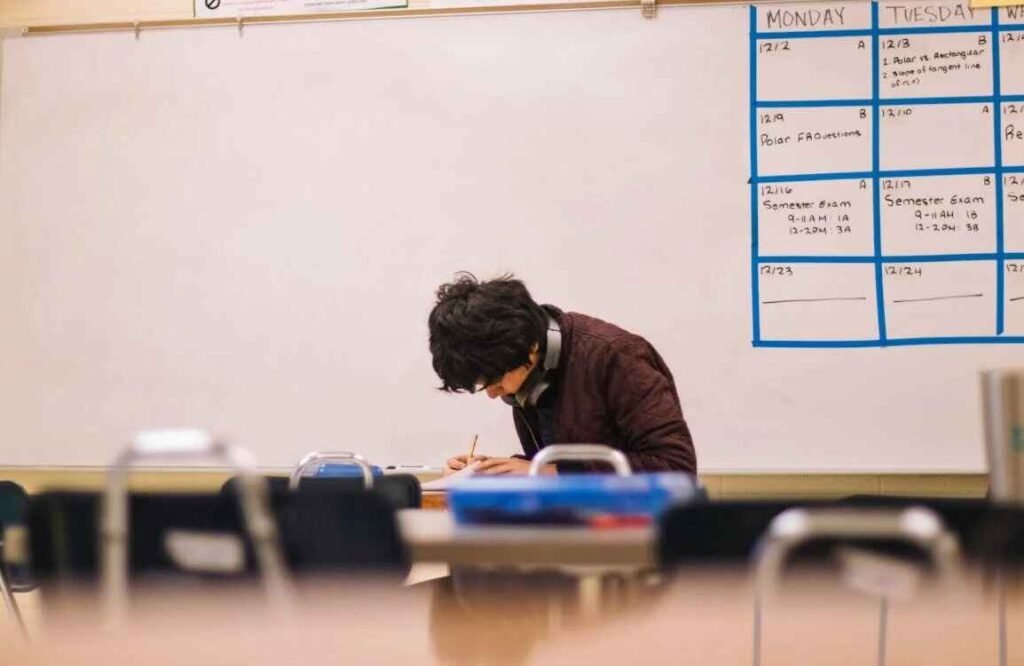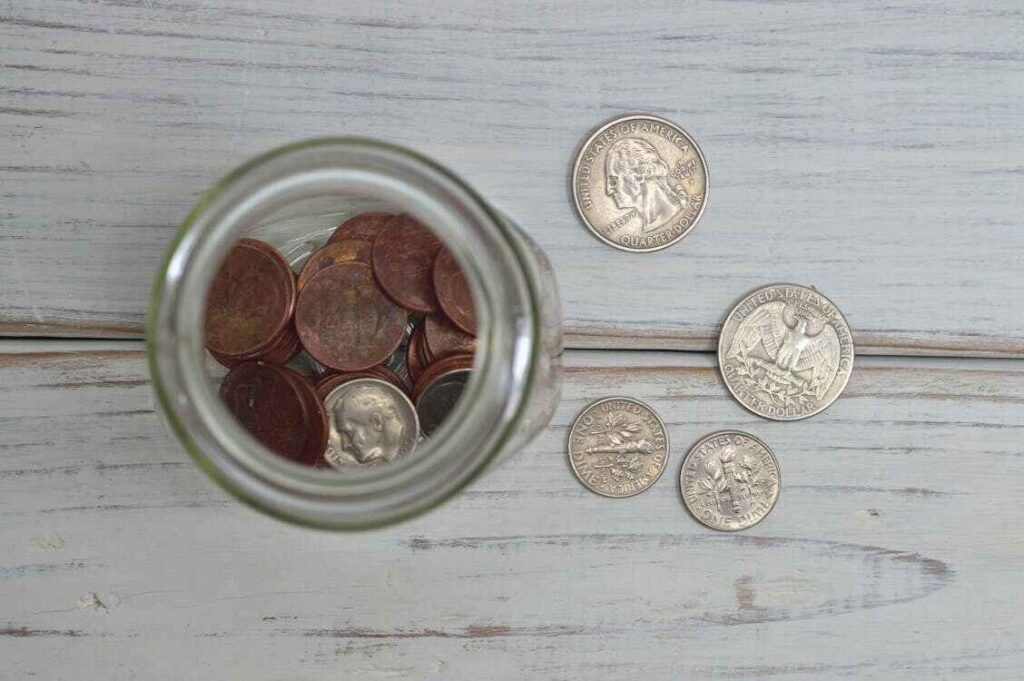Managing money as a teenager isn’t always easy — between school expenses, social plans, and tech temptations, it’s easy to watch your wallet shrink without realizing where it went. That’s exactly why exploring budgeting activities for high school students early on builds financial discipline that lasts well beyond graduation.
In this comprehensive guide, we’ll walk through 30 practical, real-life budgeting activities that fit the lifestyle of American high school students. These scenarios use everyday choices — from buying lunch to upgrading phones — to teach personal finance skills, financial literacy, and smart money management.
Whether you’re a teen looking to become more responsible, a parent teaching financial habits, or an educator creating lesson plans, these examples will give you a clear, actionable roadmap.
Why Budgeting Activities Matter Early
For most U.S. teens, the first experience with money comes through part-time jobs, weekly allowances, or occasional gifts. With peer pressure, advertising, and social media trends, money often disappears faster than expected.
Starting budgeting early helps students:
- Understand priorities before habits form
- Develop financial literacy in real contexts
- Learn saving strategies and spending control
- Build confidence for future financial independence

School-Related Activities
1. Choosing a Backpack
A practical way to teach teen budgeting is by encouraging students to save gradually for something they genuinely want — like a durable backpack. By cutting down on small, unnecessary daily expenses and setting that money aside, students learn goal-based saving. This reinforces the idea that consistent small actions lead to meaningful outcomes.
2. Lunch from Home
Buying lunch daily can cost $20–$25 per week. Bringing homemade meals teaches students how minor daily choices impact monthly budgets. Not only is this healthier, but the savings can be redirected toward shoes, school trips, or supplies. It’s a simple but powerful budgeting activity that builds awareness of spending patterns.
3. Buying Used Textbooks
New textbooks are expensive. Buying gently used books online, through school forums, or secondhand shops can save up to 50%. This activity highlights cost comparison, smart sourcing, and how planned spending frees up money for other priorities — essential budgeting skills for high schoolers.
4. Printing Wisely
Many students overlook how much they spend on printing assignments. Printing at home or switching to double-sided pages can lead to steady savings over time. It’s a great example of identifying hidden expenses that quietly drain budgets — exactly the kind of real-life money management students need.
5. Picking Events
High school calendars are full of sports games, dances, and social events. Teaching students to select which events matter most, instead of going to every single one, encourages spending prioritization. Cutting down on tickets and outfits for minor events allows more room in the budget for bigger experiences like spring break trips.

Tech and Digital Choices
6. Skipping New Phones
With constant new releases, upgrading every year is tempting — but unnecessary. Choosing to keep a working phone longer is one of the smartest budgeting activities for high school students. It demonstrates the difference between wants and needs, helping students redirect funds toward more meaningful goals.
7. Reducing Data Plans
Switching to Wi-Fi whenever possible and using a lower-cost data plan can save significant money over the year. This budgeting activity introduces students to recurring expenses, cost analysis, and how small monthly changes compound into bigger savings.
8. Limiting In-Game Purchases
Many teens overspend on microtransactions in games. By setting a fixed monthly gaming budget and sticking to it, they learn spending discipline. Waiting for sales or using in-game rewards instead of instant purchases also develops delayed gratification, a core financial skill.
9. Waiting for Sales
Seasonal sales like Black Friday or back-to-school events offer great opportunities to practice timing purchases strategically. Waiting for discounts before buying headphones, gadgets, or clothes reinforces financial patience and the power of planning ahead.
10. Using Student Discounts
Many tech platforms and software companies offer student discounts — often accessible just by using a school email address. Teaching students to actively check for discounts before purchasing apps, gear, or services builds awareness and makes every dollar go further.

Clothing and Style Spending
11. Clearance Finds
Shopping the clearance rack is a classic budgeting activity that teaches value assessment. Instead of buying one full-price hoodie, students can often get three items for the same amount. It’s not just about spending less — it’s about getting more for the same budget through smarter choices.
12. Seasonal Planning
Buying winter clothes early in the fall instead of during peak season avoids holiday markups and inventory shortages. This approach teaches price forecasting, strategic timing, and planning ahead — real-world budgeting skills students will use well into adulthood.
13. Buying Quality Shoes
Instead of repeatedly buying cheap pairs, investing in one solid pair of quality shoes often proves more cost-effective. This activity introduces the cost-per-use mindset — teaching students to evaluate long-term value, not just price tags.
14. Ignoring Trends
Fashion trends shift fast, and chasing every new style leads to overspending. Encouraging teens to develop their own timeless style helps them save money while building self-confidence. It’s a subtle but impactful budgeting lesson: not every trend deserves your wallet.
15. Promo Code Hunting
Before any online purchase, students should search for promo codes. Browser extensions and coupon sites make this easy. Even saving $5–$10 per purchase adds up over a year. This simple, low-effort activity develops the habit of intentional spending and maximizing savings opportunities.

Social Life and Entertainment
16. Planning Fun
Creating a monthly fun budget is one of the most practical budgeting activities for high school students. Instead of cutting fun entirely, students allocate a fixed amount for hangouts, meals, or movies, learning to enjoy themselves within set limits. This builds balance between spending and saving and develops lifelong habits of budget-conscious socializing.
17. Controlling Mall Spending
When students bring only cash with a set limit to the mall and leave cards at home, they’re forced to think before spending. Once the cash runs out, that’s it. This activity strengthens impulse control, decision-making, and awareness of real-time budget constraints.
18. Hosting Game Nights
Instead of going out every weekend, hosting game nights at home with simple snacks and entertainment offers the same social connection at a fraction of the cost. This teaches that enjoyment doesn’t always require high spending, encouraging resourceful entertainment habits.
19. Sharing Streaming
Subscribing to every streaming platform individually is expensive. Sharing family or household subscriptions helps students access entertainment while splitting costs. It’s a practical example of collaborative budgeting, common in real adult financial scenarios.
20. Picking One Outing
Saying “no” to a few outings each month teaches students to choose experiences wisely. Not every event has to be attended, and sometimes staying in saves money and energy. This scenario emphasizes value-based decision-making, a critical financial literacy skill.

Passion and Hobbies
21. Sports Equipment
Saving a small amount each week to eventually purchase personal sports gear (like cleats or rackets) teaches goal-oriented saving. Instead of relying on parents or old equipment, students learn how consistent, incremental savings can lead to meaningful rewards.
22. Music Classes
Redirecting small discretionary funds toward music or art classes turns spending into self-investment. This scenario shows how budgeting supports personal growth while encouraging students to prioritize experiences that add long-term value.

23. Joining Clubs
Planning ahead for club fees, fundraisers, and school activities prevents last-minute financial stress. This budgeting activity encourages forward planning, financial preparedness, and active participation without feeling left out due to cost.
24. Prioritizing Supplies
When money is limited, students should focus on essential school supplies first (notebooks, pens, folders) before spending on extras. This teaches financial triage — prioritizing needs over wants — a crucial personal finance skill.
25. Saving for Trips
School trips, tournaments, and educational outings can be expensive. By saving small amounts weekly for a few months, students learn how incremental budgeting makes these experiences accessible without parental bailouts or stress.

Saving and Earning Habits
26. Budgeting a Paycheck
For students with part-time jobs, dividing income into specific categories — like 30 % savings, 50 % spending, and 20 % gifting or goals — builds a strong foundational budgeting framework. This mirrors adult financial systems like the 50/30/20 rule and teaches income allocation effectively.
27. The Jar Trick
The classic “Spend, Save, Give” jar system remains one of the most effective student budgeting activities. Physically separating money into jars or envelopes helps teens visualize their finances, making budgeting tangible and real, not abstract numbers on a screen.

28. Avoiding Peer Pressure
One of the biggest budgeting challenges for high school students is peer spending pressure — concerts, clothes, or group plans that exceed their budget. Learning to say no reinforces financial boundaries, self-confidence, and helps students avoid debt or impulsive choices.
29. Setting Weekly Goals
Saving even $5 a week may seem small, but over four months it becomes over $100. This activity teaches consistency, habit formation, and the principle of compound small wins. It’s ideal for developing long-term savings discipline without feeling deprived.
30. Small Side Hustles
Encouraging students to explore simple side hustles — like crafts, tutoring, lawn care, or basic digital services — fosters entrepreneurial thinking. Turning a hobby into income develops financial independence, initiative, and gives teens real-world experience managing their earnings.

Before You Go
“Budgeting doesn’t mean depriving yourself — it means focusing on what truly matters.”
These 30 budgeting activities for high school students demonstrate how small, consistent money choices can shape a strong financial future. From cutting unnecessary expenses to setting clear savings goals, these scenarios help teens:
- Build financial literacy early
- Strengthen money management habits
- Learn value-based decision-making
- Prepare for adult financial responsibilities
Budgeting isn’t about missing out — it’s about making intentional choices that reflect your goals and values. Starting with even one activity can give students a sense of control, freedom, and confidence with money.
Join the Conversation
💬 What do you think of these budgeting activities?
Have you tried any of these strategies or have your own ideas to share? Drop your thoughts in the comments — let’s build better money habits together.
Fresh money guides you’ll love
Slash months off your auto loan with smart payment hacks.
Read nowYes, it’s possible: rent and still build your home fund.
Read nowStart early, save smart, and unlock your first place.
Read nowTurn the dream trip into a reality with fun saving tricks.
Read now

7 thoughts on “30 Budgeting Activities for High School Students (Real-Life Examples)”